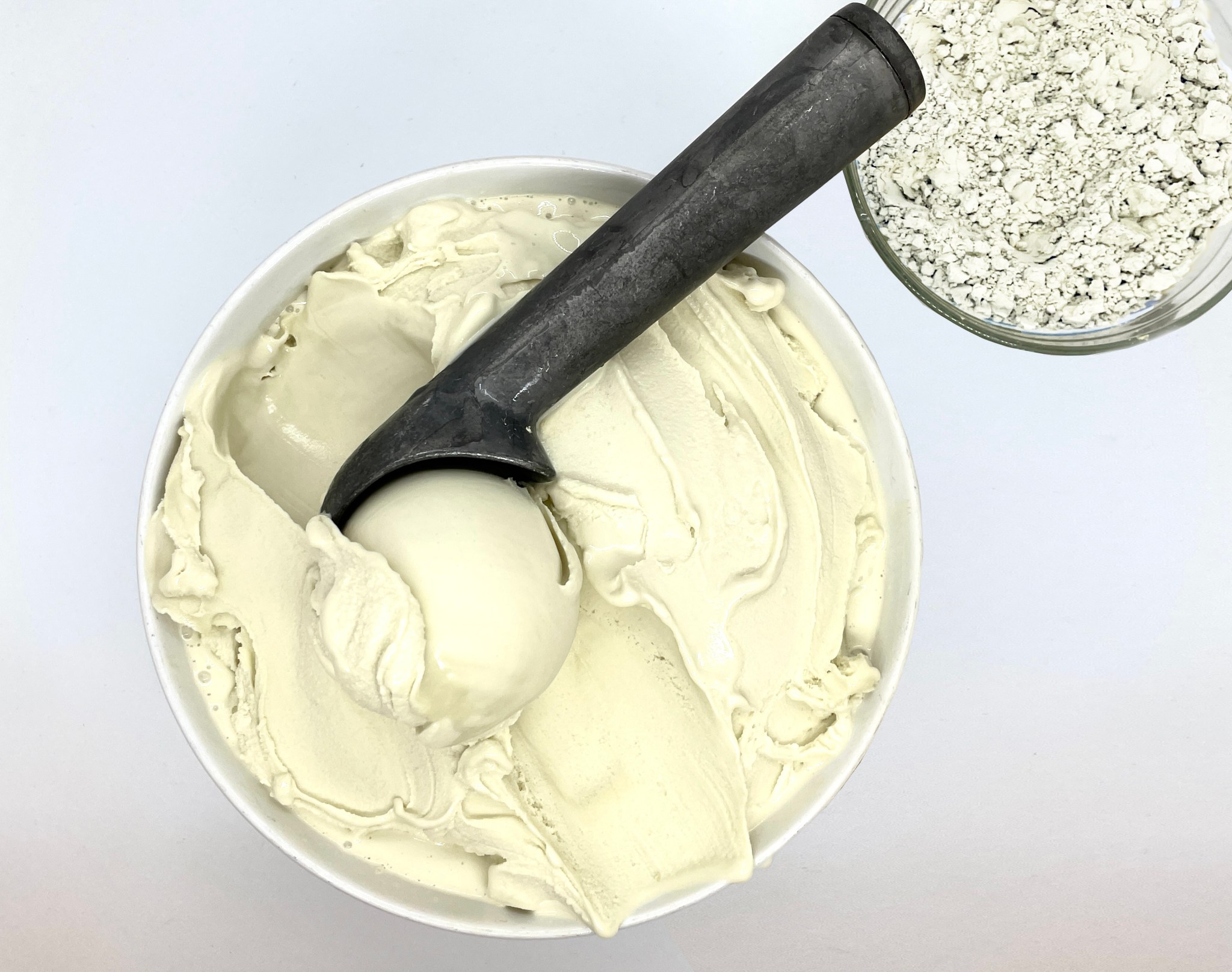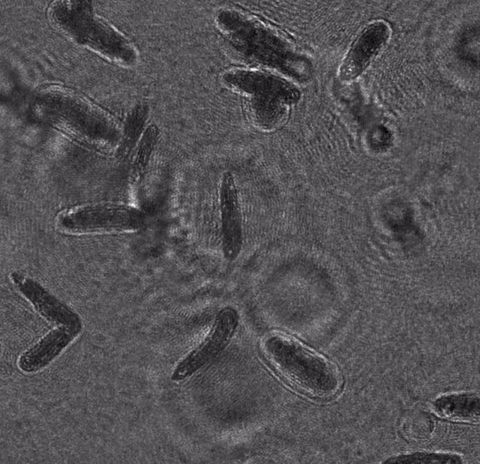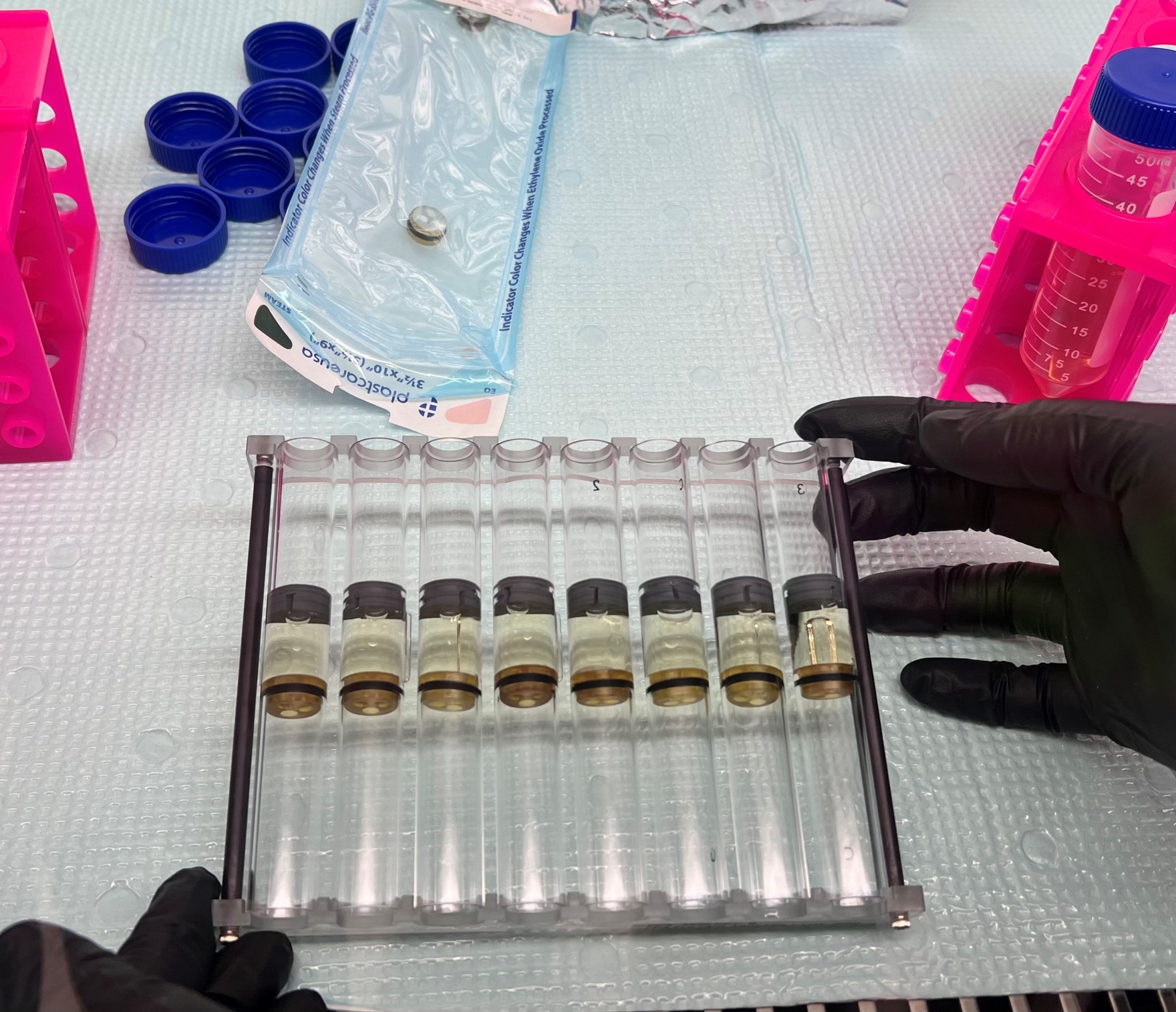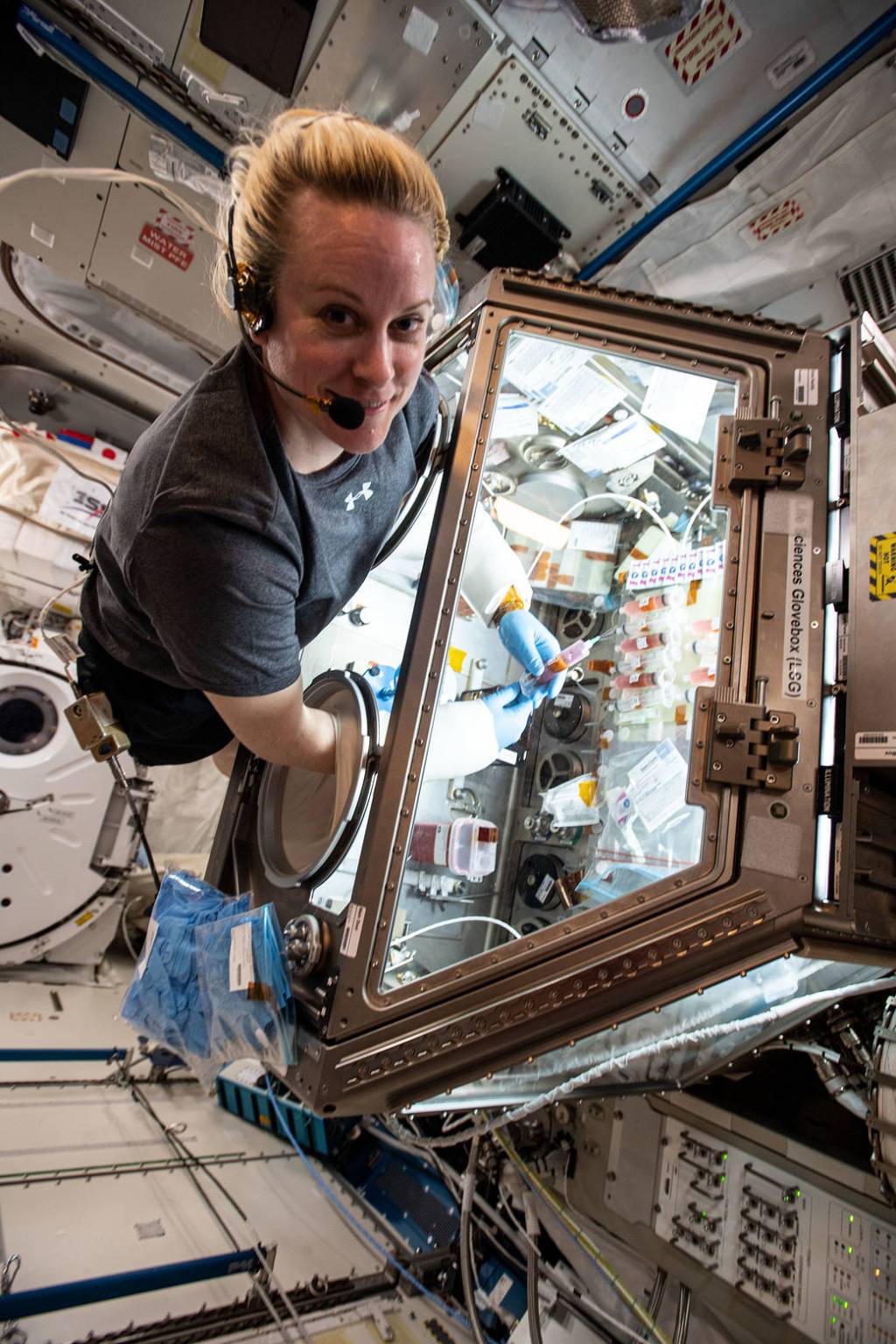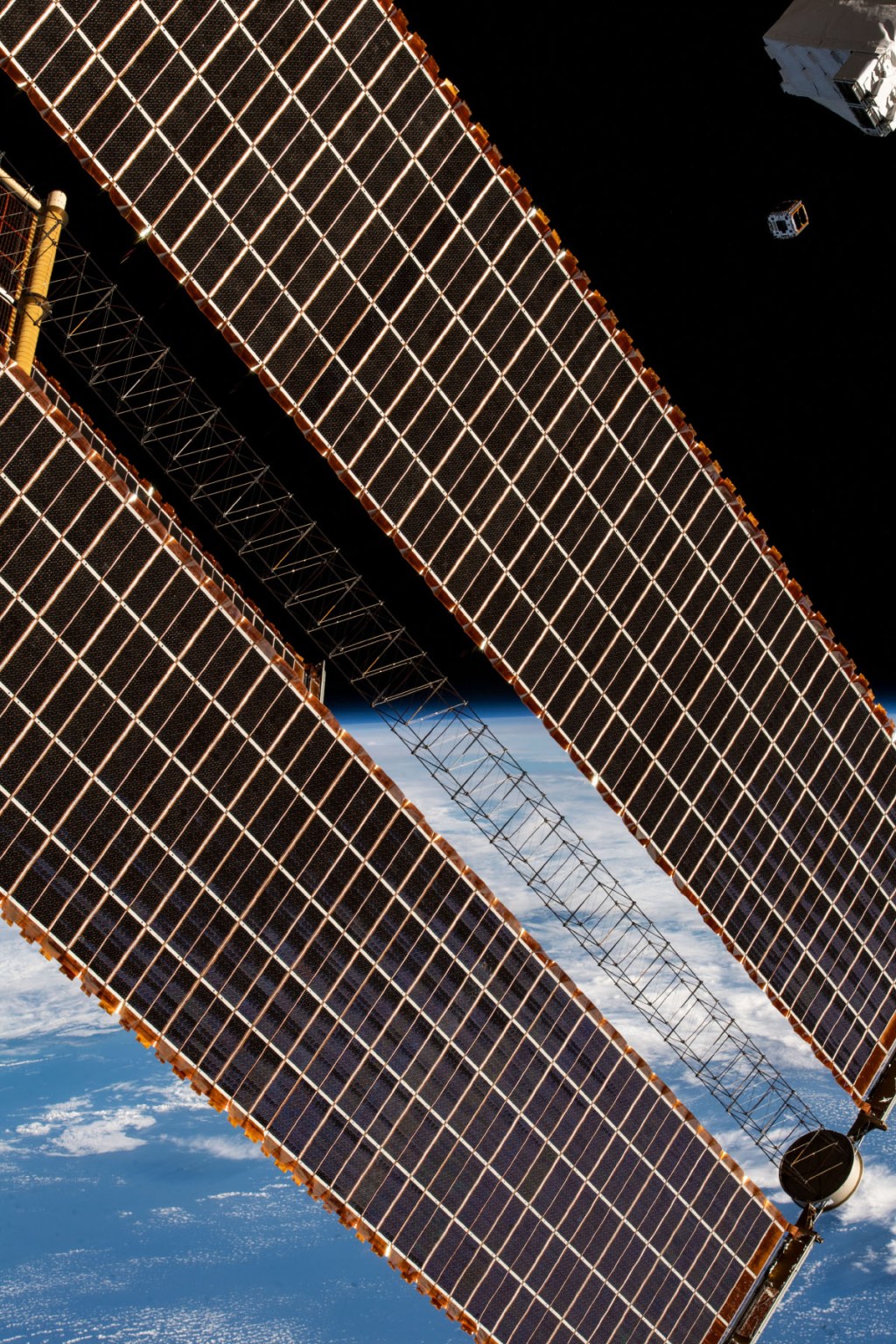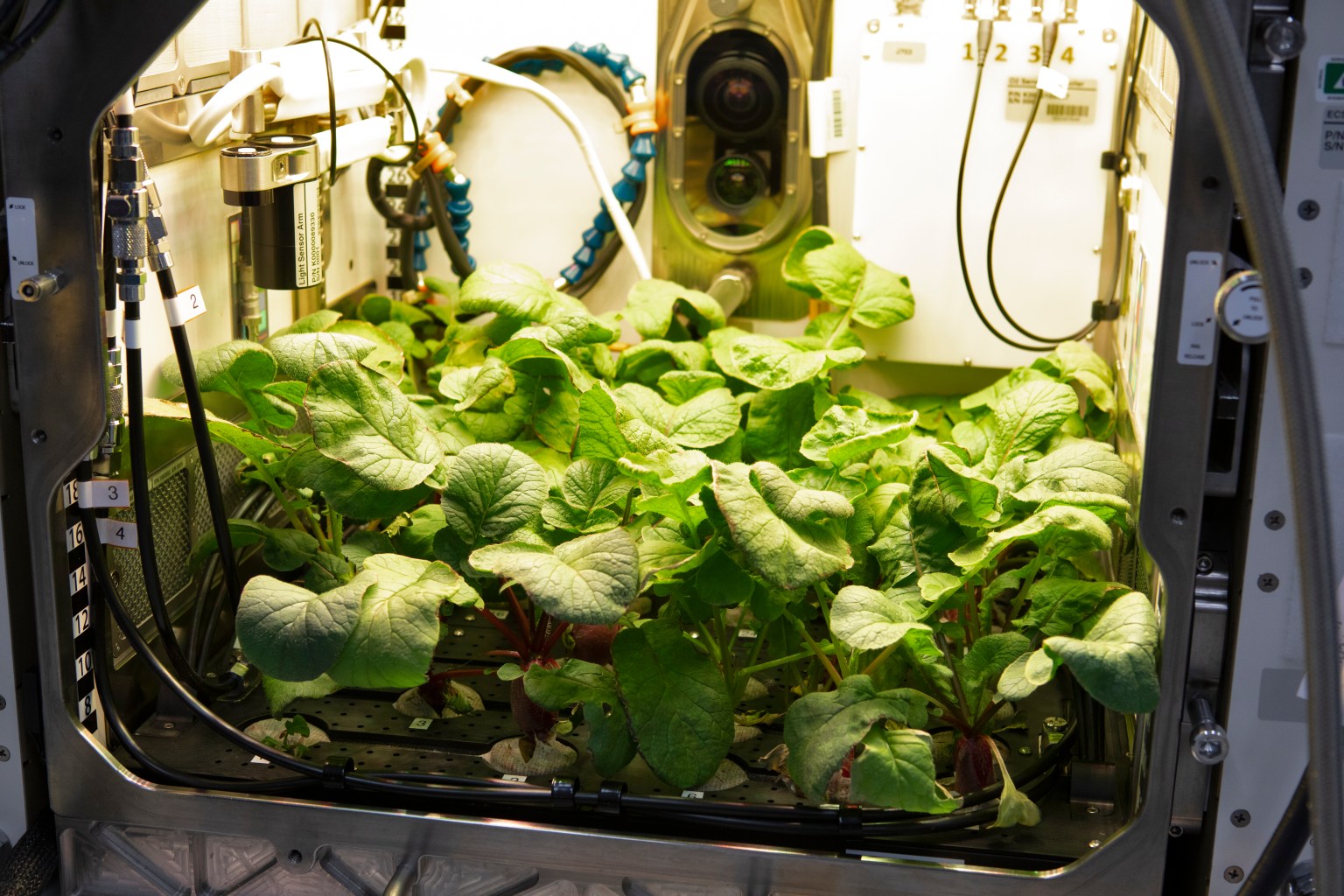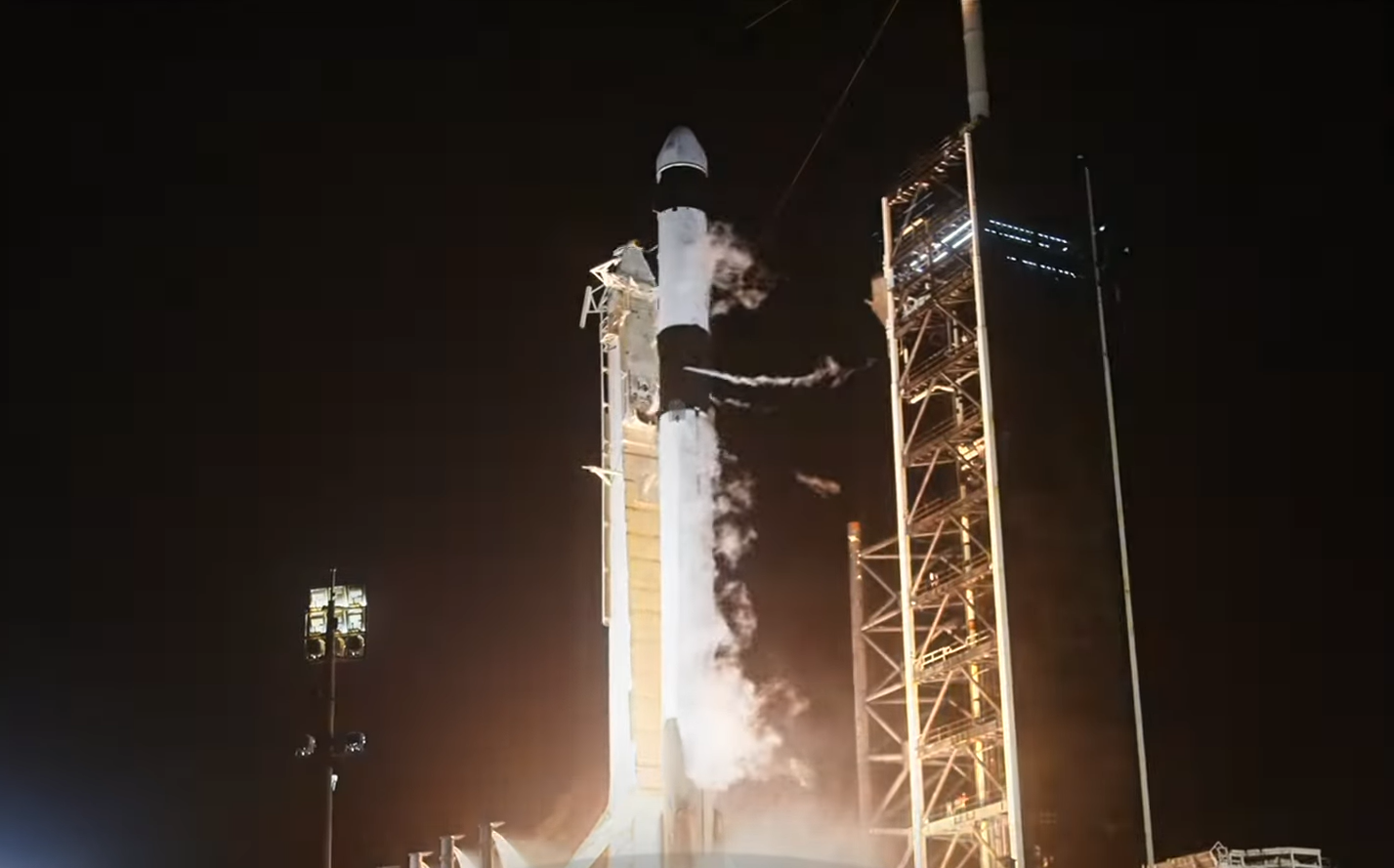NASA Kicks Off Biological Research Aboard Space Station
- NASA has launched several biological experiments aboard the International Space Station as part of its 32nd SpaceX commercial resupply services mission.
- The experiments include studying how microgravity affects protein production by microalgae, testing a microscope to capture microbial activity, and examining genetic activity in biofilms.
- Microalgae are being used to develop sustainable alternatives to meat and dairy products, which could provide a food source on future space voyages and for people on Earth.
- A new fluorescent 3D imaging microscope called ELVIS is being tested aboard the ISS to capture microscopic motion in 3D, with potential applications in monitoring water quality and detecting infectious organisms.
- The experiments aim to advance our understanding of microgravity’s effects on biological systems and develop new technologies that could support future space missions and improve human health and safety.
Crew members are kicking off operations for several biological experiments that recently launched to the International Space Station aboard NASA’s 32nd SpaceX commercial resupply services mission. These include examining how microgravity affects production of protein by microalgae, testing a microscope to capture microbial activity, and studying genetic activity in biofilms.
Microalgae in microgravity
This ice cream is one of several products made with a protein powder created from Chorella microalgae by researchers for the SOPHONSTER investigation, which looks at whether the stress of microgravity affects the algae’s protein yield. Microalgae are nutrient dense and produce proteins with essential amino acids, beneficial fatty acids, B vitamins, iron, and fiber. These organisms also can be used to make fuel, cooking oil, medications, and materials. Learning more about microalgae growth and protein production in space could support development of sustainable alternatives to meat and dairy. Such alternatives could provide a food source on future space voyages and for people on Earth and be used to make biofuels and bioactive compounds in medicines.
Microscopic motion
These swimming microalgae are visible thanks to the Extant Life Volumetric Imaging System or ELVIS, a fluorescent 3D imaging microscope that researchers are testing aboard the International Space Station. The investigation studies both active behaviors and genetic changes of microscopic algae and marine bacteria in response to spaceflight. ELVIS is designed to autonomously capture microscopic motion in 3D, a capability not currently available on the station. The technology could be useful for a variety of research in space and on Earth, such as monitoring water quality and detecting potentially infectious organisms.
Genetics of biofilms
This preflight image shows sample chambers for the Genetic Exchange in Microgravity for Biofilm Bioremediation (GEM-B2) investigation, which examines the mechanisms of gene transfer within biofilms under microgravity conditions. Biofilms are communities of microorganisms that collect and bind to a surface. They can clog and foul water systems, often leave a residue that can cause infections, and may become resistant to antibiotics. Researchers could use results from this work to develop genetic manipulations that inhibit biofilm formation, helping to maintain crew health and safety aboard the International Space Station and on future missions.
Learn more about microgravity research and technology development aboard the space station on this webpage.

